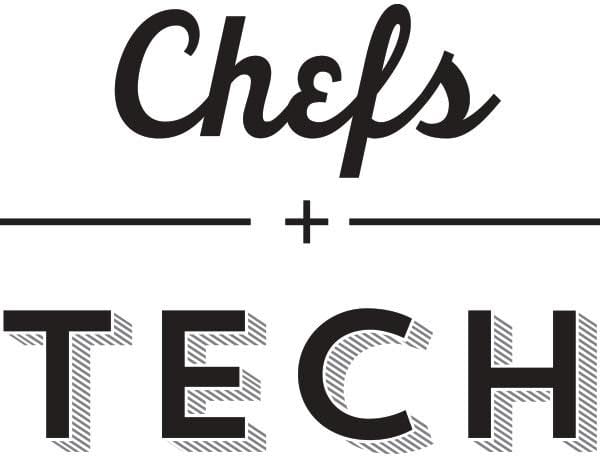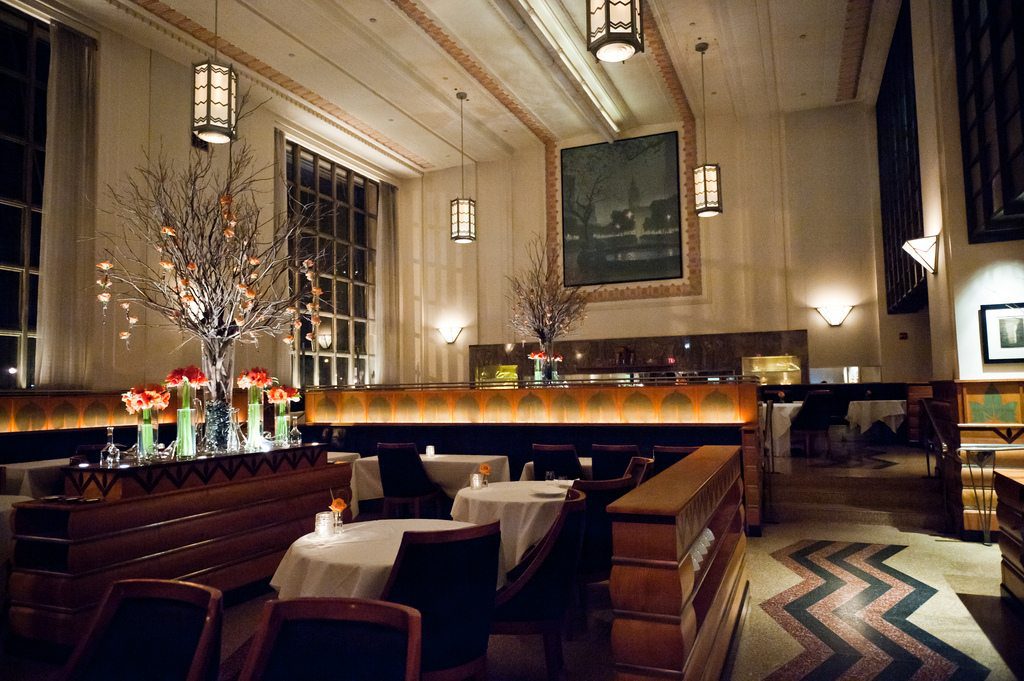Skift Take
Closing a restaurant at its peak takes advantage of the news cycle and gives chefs and restaurateurs the opportunity to work on other projects, often away from the daily demands of a world-class kitchen.
E ditor’s Note: In September we announced that Skift was expanding into food and drink with the addition of the Chefs+Tech newsletter.
ditor’s Note: In September we announced that Skift was expanding into food and drink with the addition of the Chefs+Tech newsletter.
We see this as a natural expansion of the Skift umbrella, bringing the big-picture view on the future of dining out, being fanatically focused on the guest experience, and at the intersection of marketing and tech.
Bonus: We now publish C+T twice weekly.
You’re the Best. Now Shut It Down
On Monday, New York’s Eleven Madison Park, recently named the best restaurant in the world, closed after service for a total kitchen and dining room renovation expected to take several months. (Sidenote: apparently the closing party was fairly epic.) The restaurant does plan to reopen with a revamped design, new menu, and brand new kitchen. The stories are similar around the world: Copenhagen’s Noma closed in February after 14 years of service and four (non-consecutive) years at the top of the World’s 50 Best ranking. Chef Grant Achatz closed Alinea in Chicago in 2016 for a total renovation that lasted several months. And recently, chef Gaggan Anand announced he’ll be closing his namesake Bangkok restaurant in 2020 after scoring the Best Restaurant in Asia ranking. Anand says he believes restaurants have a ten-year lifespan, and “after that, they become a brand.”
This speaks to the current state of the restaurant business, where consumer tastes, trends, popularity, and a few poor Yelp reviews can seriously impact the bottom line. While the aforementioned restaurants likely didn’t need to worry too much about Yelp ratings to keep the lights on, they do have to consider the same things that make or break a restaurant in an age of total connectivity. In the case of Alinea, for example, which built its success on a surprise-and-delight model, change was inevitable. (Though I have to say, no matter how many times you see a photo of the edible balloon or the dessert made by smashing ingredients on the table, it’s delightful to experience it in person… though no longer surprising!) The normal press cycle, the prevalence of photo- and experience-sharing, and the simple passing of time can quickly age a dining room, not to mention the wear, tear, and technological advancements that happen in a restaurant kitchen after years of service.
For these chefs and restaurateurs, closing a restaurant doesn’t mean taking a break. In fact, it’s often the opposite as chefs embrace the opportunity of their success to spread influence in new places. Noma brought its entire staff to open a pop-up restaurant in the middle of the Tulum, Mexico jungle, and they’ve also opened and announced the opening of some new projects at home in Copenhagen. The Alinea Group operates several different concepts, including a spectacular cocktail bar and a casual restaurant. Eleven Madison Park will maintain EMP Summer House in the Hamptons during the restaurant’s closure. Some diners may lament these closures (mostly those who haven’t had the chance to make it to the places who have, in many cases, spent years climbing to the top of their game), so from the outside looking in, shuttering a spot at its peak seems like poor business. In fact, while costly, this type of reinvention becomes an investment in the longevity of a space. Save a few truly classic locations, restaurants are not immune from the change-and-adapt mentality that is modern business.
Restaurant Sustainability as a Selling Point
Sustainability and responsible food sourcing are objectively positive concepts, but that doesn’t mean they can’t be trendy. They are, in fact, trendy as the farm-to-table movement that started so many years ago now extends to its rightful next level: measuring carbon footprints as a way to audit a restaurant’s commitment to the sustainability. Fast Company has a story about one firm that created a way to measure a restaurant’s “operation and supply chain emissions” commissioned by Portland, Oregon-based Sustainable Restaurant Group. The results connect supply (food) to demand (its restaurants), allowing anyone to view the path a restaurant’s food takes. The restaurant has the benefit of understanding and sharing, in black and white, its commitment and compliance to sustainability practices. When consumers see it (in this case, illustrated in an easy-to-navigate, well-designed website), they may better understand the cost involved in sourcing the sustainable ingredients that they enjoy eating.
It’s another level of transparency from an industry that faces both rising food costs and intense scrutiny over menu prices and employee wages. Labor (and tipping) was the first of these business elements to come into the consumer-facing light; sustainability seems to be next. What remains to be seen, though, is if putting the information in black and white drives more people to a restaurant when they’re choosing where to dine. In Portland, these restaurants will probably notice increased interest in their sustainability initiative, but I don’t know that this is a one-size-fits-all explainer for restaurants around the country.
Recommendations and the Modern Road Trip
The popularity of cars and the national interstate system revolutionized road trips decades ago, and the digital era has ushered in renewed excitement about roadside restaurants. Between review sites like Yelp and location-based check-ins as on Facebook, there’s virtually no place on the planet you can’t find a recommended place to eat. Instead of relying on a billboard or other roadside sign, travelers can plan their stops ahead of time. Restaurant Business has the story of one roadside attraction in Marietta, Georgia, called The Big Chicken: a giant metal chicken meant to draw attention to a restaurant. In the ‘70s, the restaurant was purchased by Kentucky Fried Chicken, and in 2011, a KFC franchisee. Now, The Big Chicken has been renovated specifically to turn it into a full-on destination, complete with swag.
If you’re looking for more summer road trip fun, it’s Road Trip Week on Eater, featuring thoughts and recommendations on road food around the country. This is indicative of a few things, including the fact that we, as a culture, are more interested in our food — road food isn’t just utilitarian anymore. It’s also indicative of the fact that you do have choices on a long road trip and aren’t limited to the pre-packaged rest stops full of fast food and TCBY. (Oh man, remember TCBY?) The first time I drove cross-country, in 2005, I literally checked a book out of the library (a physical book from the physical library) listing iconic restaurants to visit in proximity to I-70. The renewed attention to local businesses is definitely taking away from chains as people venture further from the interstate to not have to eat yet another Subway sandwich. It’ll be interesting to watch how chains adapt to this shift — and they will, as the KFC example referenced above notes. Perhaps the new trend will be away from homogenization and predictability and all about the unexpected.
Digestifs
- The top 100 restaurants in the UK, as named at the Estrella Damm National Restaurant Awards — UK National Restaurant Awards
- A rising tide baby panda lifts all boats (including restaurant stock) — Bloomberg
- This is buried in the last sentence of this otherwise tangentially-related article, but in the age of tweets and texts and bots, Chipotle still accepts orders sent via fax — Fortune
The Daily Newsletter
Our daily coverage of the global travel industry. Written by editors and analysts from across Skift’s brands.
Have a confidential tip for Skift? Get in touch
Tags: food and beverage, skift table
Photo credit: Eleven Madison Park closed this week for a complete kitchen, dining room, and menu overhaul. Star5112 / Flickr
